 Welcome
Welcome
“May all be happy, may all be healed, may all be at peace and may no one ever suffer."
Ovarian hyperstimulation syndrome
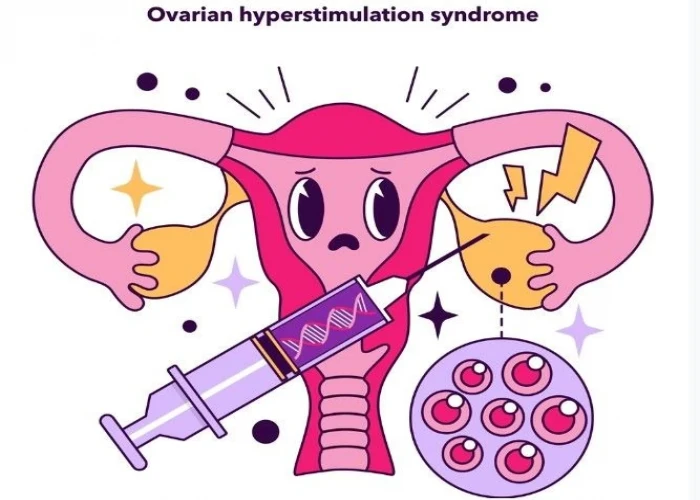
Ovarian hyperstimulation syndrome (OHSS) is a medical condition that can occur in some women who undergo fertility treatments, such as in vitro fertilization (IVF) or ovulation induction. It occurs when the ovaries are stimulated to produce too many eggs, which can cause the ovaries to become swollen and painful.
The symptoms of OHSS can range from mild to severe and may include:
- Abdominal pain or bloating
- Nausea or vomiting
- Diarrhea
- Rapid weight gain
- Shortness of breath
- Decreased urine output
- Ovarian enlargement or tenderness
Severe cases of OHSS can lead to complications such as blood clots, kidney failure, and ovarian torsion.
Treatment of OHSS may involve stopping or reducing the fertility treatments to allow the ovaries to recover, as well as medications to relieve symptoms such as pain and nausea. In severe cases, hospitalization may be necessary to monitor fluid levels, manage complications, and provide supportive care.
Prevention of OHSS involves careful monitoring of fertility treatments and adjusting the dosage of medications to minimize the risk of overstimulating the ovaries. Women who are at a higher risk of developing OHSS, such as those with polycystic ovary syndrome, may require more cautious treatment.
Research Papers
Disease Signs and Symptoms
- Abdomen pain
- Abdomen bloating
- Nausea or vomiting
- Diarrhea
- Shortness of breath (dyspnea)
- Swollen abdomen (Ascites)
Disease Causes
Ovarian hyperstimulation syndrome
The cause of ovarian hyperstimulation syndrome isn't fully understood. Having a high level of human chorionic gonadotropin (HCG) — a hormone usually produced during pregnancy — introduced into your system plays a role. Ovarian blood vessels react abnormally to HCG and begin to leak fluid. This fluid swells the ovaries, and sometimes large amounts move into the abdomen.
During fertility treatments, HCG may be given as a "trigger" so that a mature follicle will release its egg. OHSS usually happens within a week after you receive an HCG injection. If you become pregnant during a treatment cycle, OHSS may worsen as your body begins producing its own HCG in response to the pregnancy.
Injectable fertility medications are more likely to cause OHSS than is treatment with clomiphene, a medication given as a pill you take by mouth. Occasionally OHSS occurs spontaneously, not related to fertility treatments.
Disease Prevents
Ovarian hyperstimulation syndrome
To decrease your chances of developing ovarian hyperstimulation syndrome, you'll need an individualized plan for your fertility medications. Expect your health care provider to carefully monitor each treatment cycle, including frequent ultrasounds to check the development of follicles and blood tests to check your hormone levels.
Strategies to help prevent OHSS include:
- Adjusting medication. Your provider uses the lowest possible dose of gonadotropins to stimulate your ovaries and trigger ovulation.
- Adding medication. Some medications seem to reduce the risk of OHSS without affecting the odds of pregnancy. These include low-dose aspirin; dopamine agonists such as carbergoline or quinogloide; and calcium infusions. Giving women who have polycystic ovary syndrome the drug metformin (Glumetza) during ovarian stimulation may help prevent hyperstimulation.
- Coasting. If your estrogen level is high or you have a large number of developed follicles, your provider may have you stop injectable medications and wait a few days before giving HCG, which triggers ovulation. This is known as coasting.
- Avoiding use of an HCG trigger shot. Because OHSS often develops after an HCG trigger shot is given, alternatives to HCG for triggering have been developed using Gn-RH agonists, such as leuprolide (Lupron), as a way to prevent or limit OHSS.
- Freezing embryos. If you're undergoing IVF, all the follicles (mature and immature) may be removed from your ovaries to reduce the chance of OHSS. Mature follicles are fertilized and frozen, and your ovaries are allowed to rest. You can resume the IVF process at a later date, when your body is ready.
Disease Treatments
Ovarian hyperstimulation syndrome generally resolves on its own within a week or two or somewhat longer if you're pregnant. Treatment is aimed at keeping you comfortable, decreasing ovarian activity and avoiding complications.
Mild to moderate OHSS
Mild OHSS typically resolves on its own. Treatment for moderate OHSS may involve:
- Increased fluid intake
- Frequent physical exams and ultrasounds
- Daily weigh-ins and waist measurements to check for drastic changes
- Measurements of how much urine you produce each day
- Blood tests to monitor for dehydration, electrolyte imbalance and other problems
- Drainage of excess abdominal fluid using a needle inserted in your abdominal cavity
- Medications to prevent blood clots (anticoagulants)
Severe OHSS
With severe OHSS, you may need to be admitted to the hospital for monitoring and aggressive treatment, including IV fluids. Your provider may give you a medication called cabergoline to lessen your symptoms. Sometimes, your provider may also give you other medications, such as gonadotropin-releasing hormone (Gn-RH) antagonist or letrozole (Femara) — to help suppress ovarian activity.
Serious complications may require additional treatments, such as surgery for a ruptured ovarian cyst or intensive care for liver or lung complications. You may also need anticoagulant medications to decrease the risk of blood clots in your legs.
Disease Diagnoses
Disease Allopathic Generics
Disease Ayurvedic Generics
Disease Homeopathic Generics
Disease yoga
Ovarian hyperstimulation syndrome and Learn More about Diseases
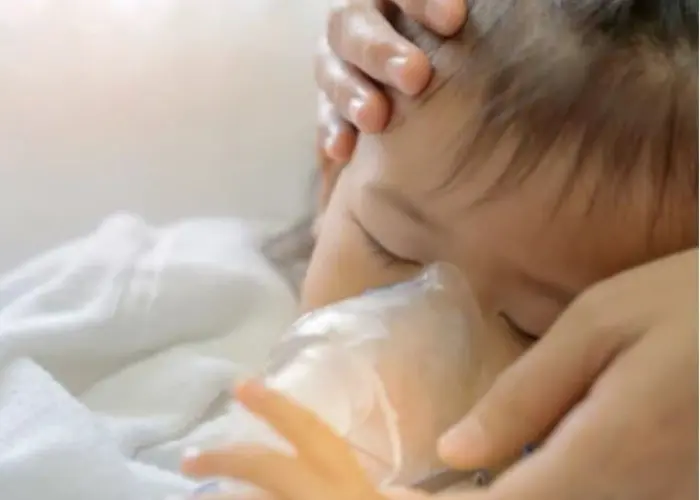
Childhood asthma
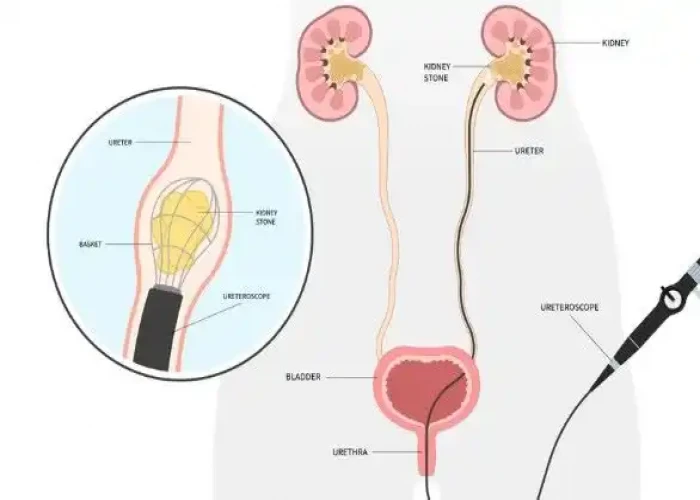
Ureteral obstruction
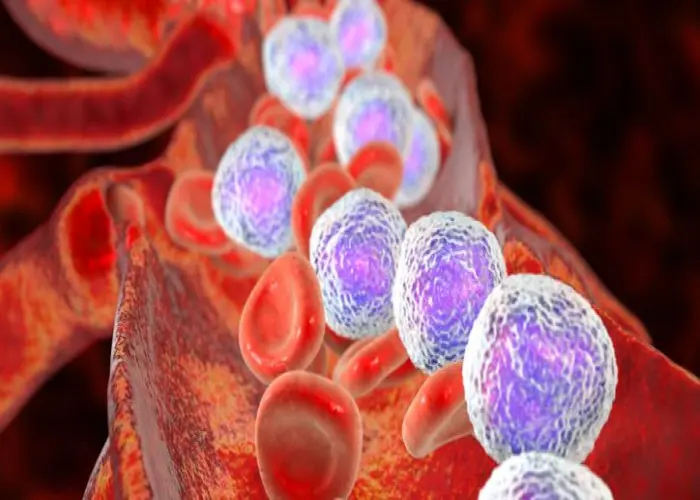
Acute lymphocytic leukemia

Chronic daily headaches
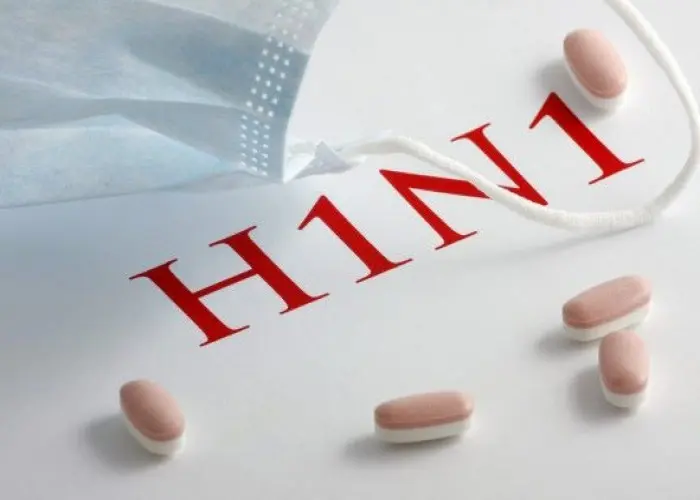
H1N1 flu (swine flu)

Herniated disk
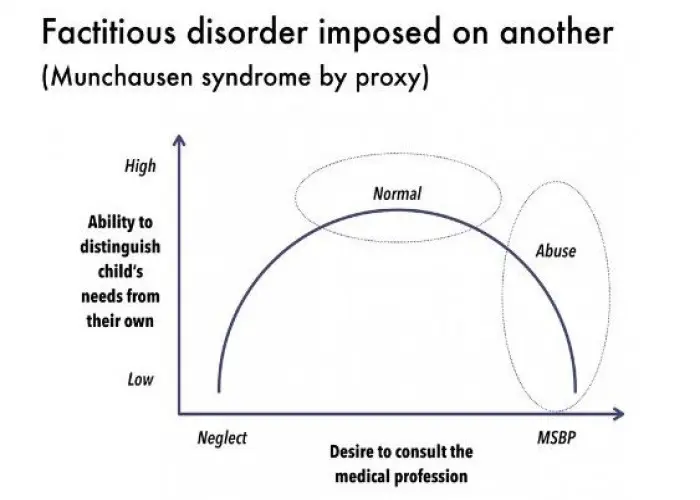
Factitious disorder
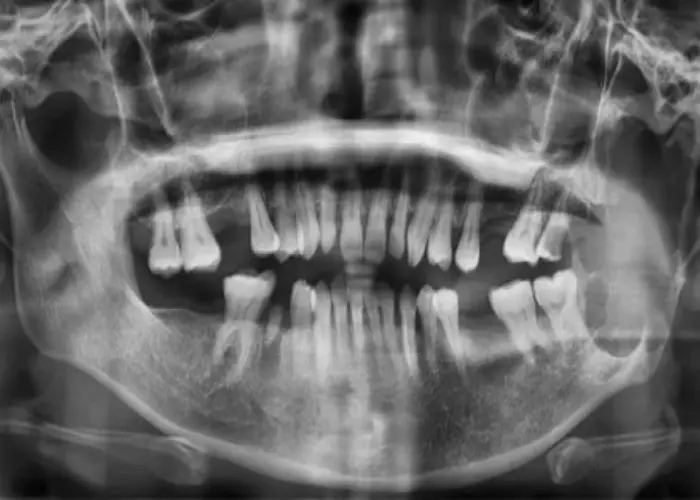
Ameloblastoma
ovarian hyperstimulation syndrome, ডিম্বাশয়ের হাইপারস্টিমুলেশন সিনড্রোম
To be happy, beautiful, healthy, wealthy, hale and long-lived stay with DM3S.
